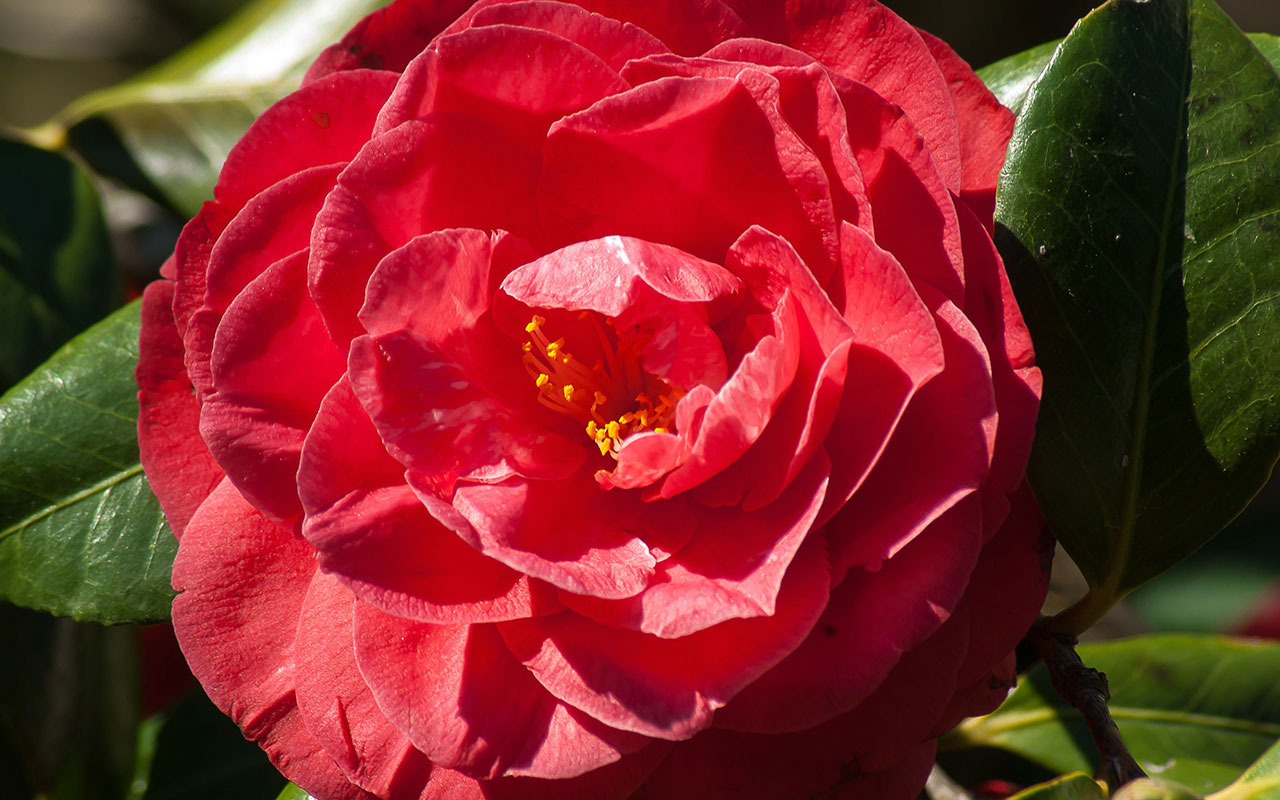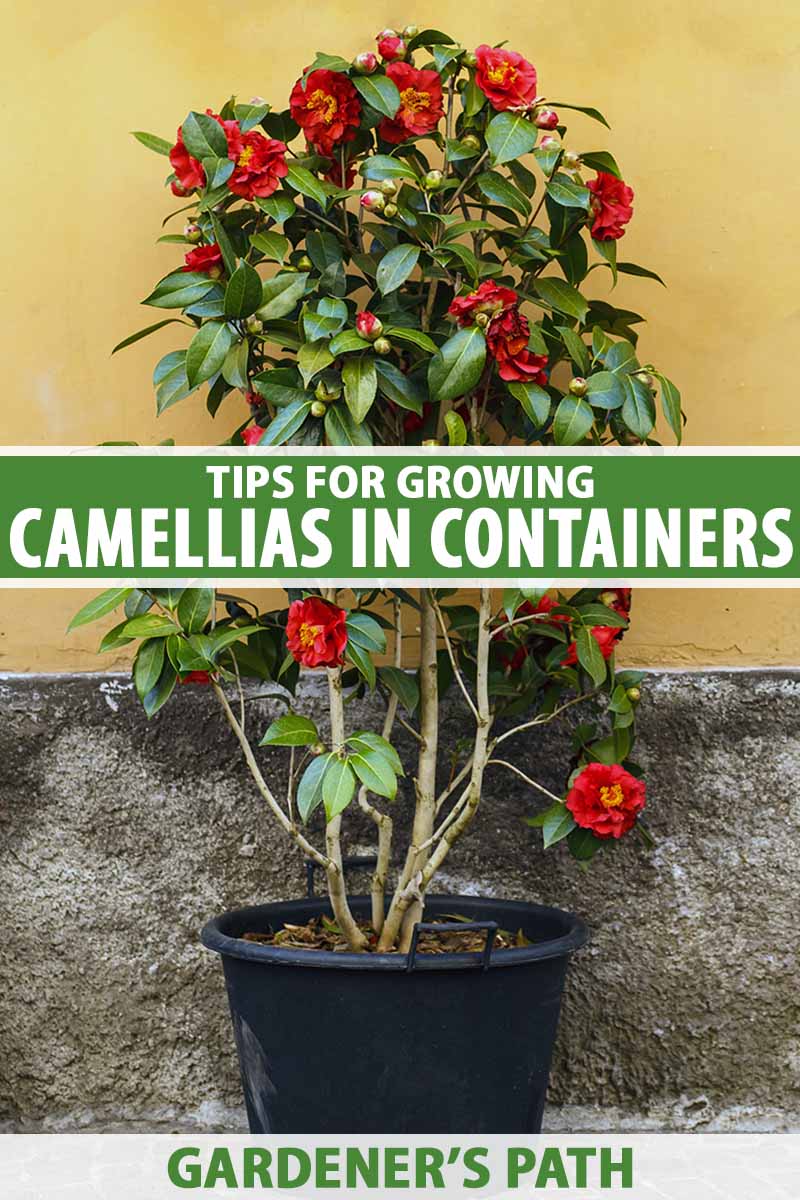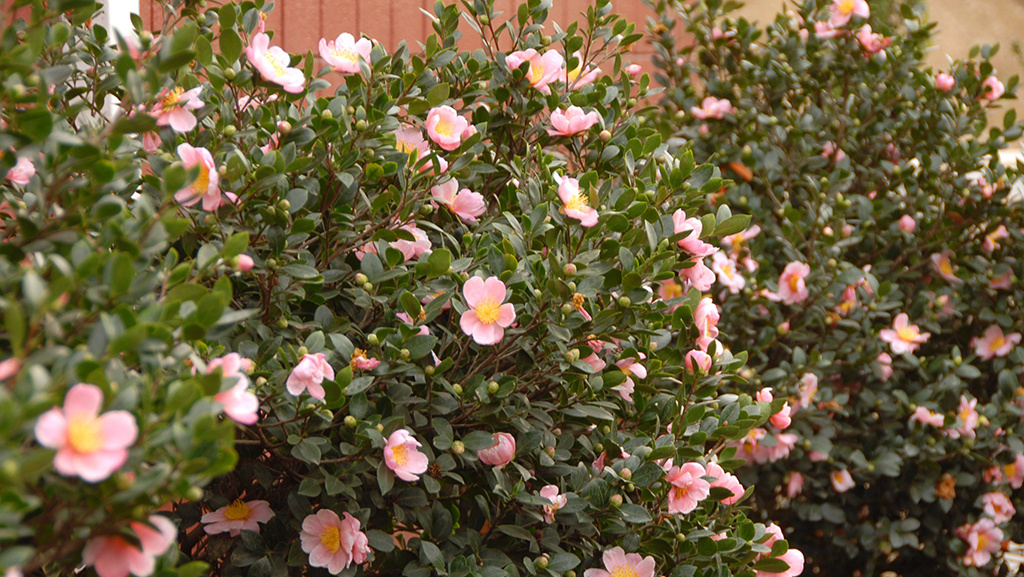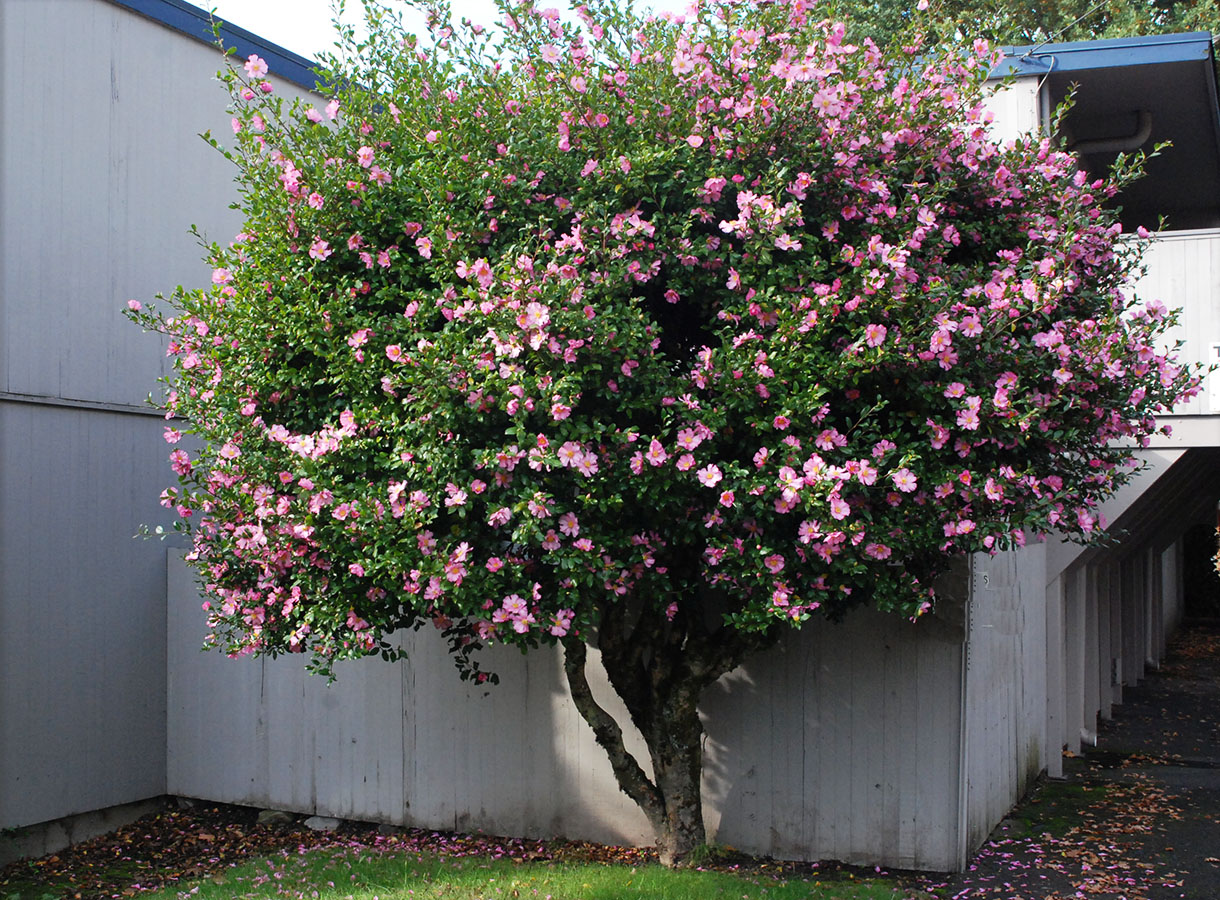Choosing the Right Pot for Your Camellia
When it comes to camellia plant care in pots, selecting the right container is crucial for the health and well-being of your plant. A pot that provides good drainage, aeration, and room for growth is essential for thriving camellias. Camellias have a shallow root system, so they require a pot that allows for adequate air circulation and moisture drainage. A pot with poor drainage can lead to waterlogged soil, root rot, and ultimately, the demise of your camellia.
When choosing a pot for your camellia, consider the material, size, and shape. Terra cotta pots, ceramic pots, and wooden planters are all suitable options for camellias. Avoid using plastic pots, as they can retain too much water and cause root rot. The size of the pot should be proportional to the size of the camellia, with a minimum depth of 12-18 inches to accommodate the root system. A wider pot is also recommended, as camellias have a tendency to grow outward.
In addition to the physical characteristics of the pot, consider the aesthetic appeal. Camellias are known for their beautiful blooms and attractive foliage, so choose a pot that complements their natural beauty. A decorative pot can add a touch of elegance to your outdoor or indoor space, making it a great addition to your camellia plant care in pots.
How to Prepare the Perfect Soil Mix for Camellias
When it comes to camellia plant care in pots, the soil mix plays a crucial role in the health and well-being of your plant. A well-draining, acidic soil mix specifically designed for camellias in pots is essential for thriving camellias. Camellias require a slightly acidic to acidic soil pH, ranging from 5.5 to 6.5, to absorb essential nutrients.
To create the perfect soil mix for your camellia, start with a high-quality potting soil as the base. Add a mix of peat moss, perlite, and vermiculite to improve drainage and aeration. Camellias also benefit from the addition of organic matter, such as compost or well-rotted manure, to provide slow-release nutrients. Aim for a mix that is 20-30% organic matter, 40-50% potting soil, and 30-40% perlite and vermiculite.
When preparing the soil mix, consider the nutrient requirements of your camellia. Camellias are heavy feeders and require regular fertilization. Look for a balanced fertilizer that is formulated for acid-loving plants, and follow the instructions for application rates. Avoid over-fertilizing, as this can damage your camellia’s roots and lead to nutrient deficiencies.
By creating a well-draining, acidic soil mix specifically designed for camellias in pots, you can provide your plant with the ideal growing conditions for optimal health and blooming. Remember to repot your camellia every 2-3 years to refresh the soil mix and provide a larger pot if necessary, as part of your camellia plant care in pots.
Illuminating Your Camellia: Understanding Light Requirements
When it comes to camellia plant care in pots, providing the right amount of light is crucial for optimal growth and blooming. Camellias require a balance of direct and indirect sunlight to thrive, with the ideal amount of light varying depending on the time of year and climate.
In the spring and fall, camellias benefit from 4-6 hours of direct sunlight per day, which promotes healthy growth and blooming. During the intense summer months, it’s essential to provide filtered light to prevent scorching of the leaves and flowers. This can be achieved by placing a sheer curtain or shade cloth over the pot, or by moving the camellia to a spot with dappled shade.
In the winter, camellias require less light, and can tolerate 1-2 hours of direct sunlight per day. This reduction in light helps to promote bud formation and prepares the plant for the next blooming season.
It’s also important to consider the direction of the sunlight when placing your camellia pot. East- and west-facing windows are ideal, as they provide gentle, indirect light. Avoid placing your camellia in a south-facing window, as this can cause overheating and scorching.
By understanding the light requirements of your camellia and providing the right amount of direct and indirect sunlight, you can promote healthy growth, blooming, and overall success with your camellia plant care in pots.
Watering Wisdom: Avoiding Overwatering and Root Rot
Proper watering is a critical aspect of camellia plant care in pots, as it directly impacts the health and well-being of your plant. Overwatering is a common mistake that can lead to root rot, a condition that can be fatal to your camellia. To avoid this, it’s essential to understand how to water your camellia correctly.
The first step in watering your camellia is to check the soil moisture. Stick your finger into the soil up to the first knuckle, and if the soil feels dry, it’s time to water. If the soil is already moist, wait another day or two before watering again. This simple technique will help you avoid overwatering and ensure your camellia is receiving the right amount of moisture.
When watering your camellia, make sure to water thoroughly, allowing excess water to drain out of the pot. This will help prevent waterlogged soil, which can lead to root rot. Avoid getting water on the leaves or flowers, as this can cause fungal diseases to develop.
To prevent root rot, it’s also essential to ensure good drainage in your pot. Choose a pot with drainage holes in the bottom, and add a layer of broken pottery or small rocks to the bottom of the pot to improve drainage. This will help excess water to escape, reducing the risk of waterlogged soil and root rot.
By following these simple tips, you can ensure your camellia is receiving the right amount of water, and avoid the common mistakes that can lead to root rot and other problems. With proper watering, your camellia will thrive, and you’ll be rewarded with beautiful blooms and healthy growth.
Fertilizing for Success: Feeding Your Camellia in Pots
Fertilizing is an essential aspect of camellia plant care in pots, as it provides the necessary nutrients for healthy growth and blooming. Camellias in pots require regular feeding to thrive, and the right fertilizer can make all the difference.
When it comes to choosing a fertilizer for your camellia, look for a balanced, water-soluble fertilizer that is specifically formulated for acid-loving plants. A fertilizer with a pH between 5.5 and 6.5 is ideal, as camellias prefer slightly acidic soil. Avoid using fertilizers that contain high levels of nitrogen, as this can promote leaf growth at the expense of blooms.
Feed your camellia in pots during the growing season, which typically runs from spring to fall. Apply the fertilizer at the recommended rate, usually once a month, and make sure to water thoroughly after application. Avoid fertilizing during the winter months, as camellias are dormant and do not require additional nutrients.
In addition to regular fertilizing, consider adding organic matter to your camellia pot. Compost, peat moss, and well-rotted manure are all excellent options, as they provide slow-release nutrients and improve soil structure. This will help to promote healthy growth, increase blooming, and reduce the risk of nutrient deficiencies.
By fertilizing your camellia in pots correctly, you can promote healthy growth, encourage blooming, and enjoy a thriving plant. Remember to choose the right fertilizer, feed regularly, and avoid over-fertilization to ensure the best results for your camellia plant care in pots.
Pruning and Grooming: Maintaining Shape and Promoting Blooms
Pruning and grooming are essential aspects of camellia plant care in pots, as they help maintain shape, promote blooming, and remove dead or damaged branches. Regular pruning also encourages bushy growth, increases flower production, and improves overall plant health.
To prune your camellia in pots, start by removing any dead, diseased, or damaged branches. Cut these branches off at the base, making a clean cut just above a leaf node. This will help prevent the spread of disease and encourage new growth.
Next, shape your camellia by pruning back long branches and trimming off any leggy growth. This will help maintain a compact, bushy shape and promote more blooms. When pruning, always cut just above a leaf node, as this will help the plant heal quickly and reduce the risk of disease.
In addition to pruning, regular grooming is also important for camellia plant care in pots. Remove any dead flowers or foliage, as these can attract pests and create unsightly messes. Gently wipe down the leaves with a damp cloth to remove any dirt or debris, and inspect the plant regularly for signs of pests or disease.
By pruning and grooming your camellia in pots regularly, you can maintain a healthy, thriving plant that produces plenty of beautiful blooms. Remember to prune and groom your camellia at the right time, usually in late winter or early spring, to promote new growth and encourage blooming.
Pest and Disease Control: Common Issues and Solutions
Camellias in pots can be susceptible to various pests and diseases, which can negatively impact their health and appearance. Effective pest and disease control is crucial for maintaining healthy camellia plant care in pots.
Common pests that affect camellias in pots include aphids, whiteflies, and spider mites. These pests can cause damage to leaves and stems, and can also transmit diseases. To control pests, use organic solutions such as neem oil or insecticidal soap. For more severe infestations, chemical pesticides may be necessary.
Diseases that affect camellias in pots include root rot, leaf spot, and petal blight. These diseases can be caused by fungal or bacterial infections, and can be spread through contaminated soil or water. To prevent diseases, ensure good air circulation, avoid overwatering, and remove any infected plant material.
For root rot, treat the soil with a fungicide and repot the camellia in fresh, well-draining soil. For leaf spot and petal blight, remove infected leaves or flowers, and treat the plant with a fungicide. In severe cases, it may be necessary to dispose of the infected plant to prevent the spread of disease.
By monitoring your camellia in pots regularly for signs of pests and diseases, and taking prompt action to control any issues that arise, you can maintain a healthy and thriving plant. Remember to always follow the instructions on any pesticides or fungicides carefully, and take necessary safety precautions to avoid exposure.
Tips for Year-Round Camellia Care in Pots
To ensure optimal camellia plant care in pots, it’s essential to provide seasonal care and attention throughout the year. By following these tips, you can keep your camellia thriving and blooming beautifully.
In the spring, camellias in pots require more water and nutrients as they produce new growth. Fertilize your camellia with a balanced, water-soluble fertilizer, and prune any dead or damaged branches to promote healthy growth.
During the summer months, camellias in pots need protection from extreme temperatures and intense sunlight. Provide filtered light by placing a sheer curtain or shade cloth over the pot, and ensure good air circulation to prevent fungal diseases.
In the fall, camellias in pots prepare for dormancy, and require less water and fertilizer. Continue to monitor soil moisture and adjust watering accordingly, and prune any leggy growth to maintain shape.
In the winter, camellias in pots need protection from frost and freezing temperatures. Move the pot to a sheltered location, such as a garage or indoor room, and reduce watering to once a month. Avoid fertilizing during the winter months, as this can cause new growth that may be damaged by frost.
By following these seasonal tips and reminders, you can provide optimal camellia plant care in pots and enjoy beautiful blooms and healthy growth throughout the year. Remember to monitor your camellia’s specific needs and adjust your care routine accordingly, and don’t hesitate to seek advice from a gardening expert if you have any questions or concerns.









